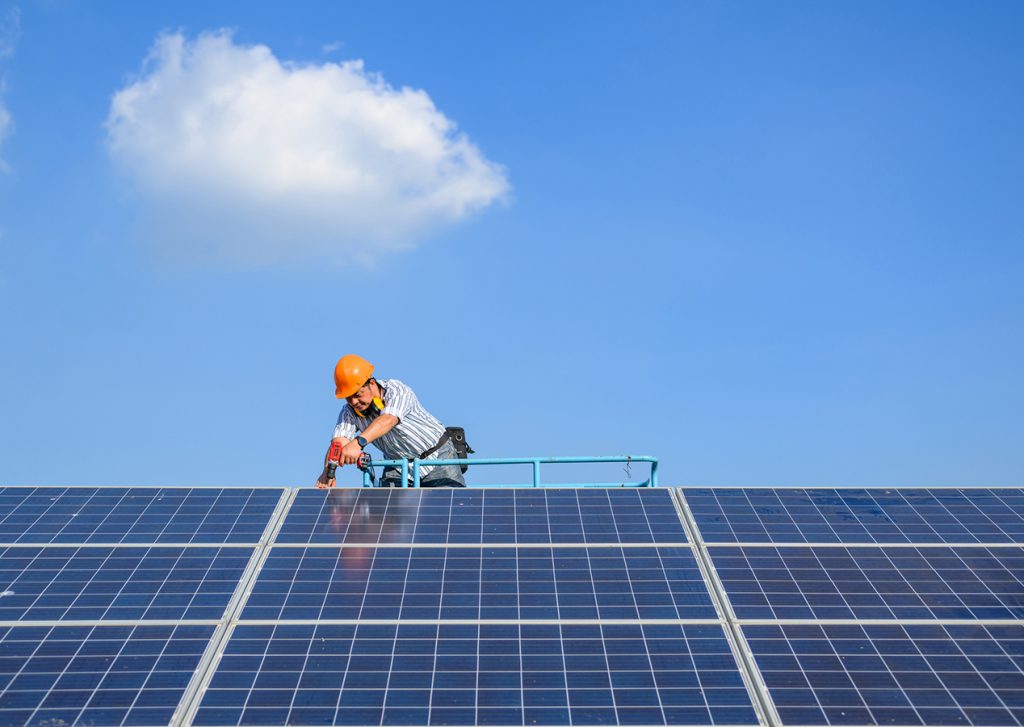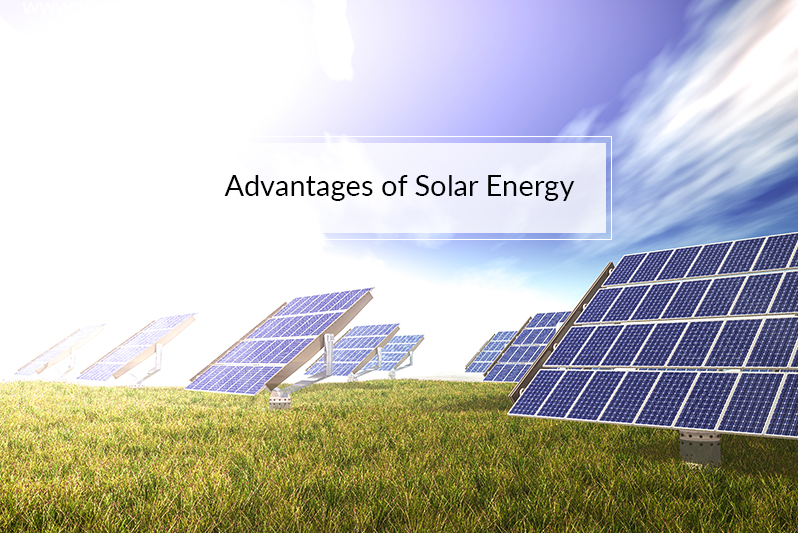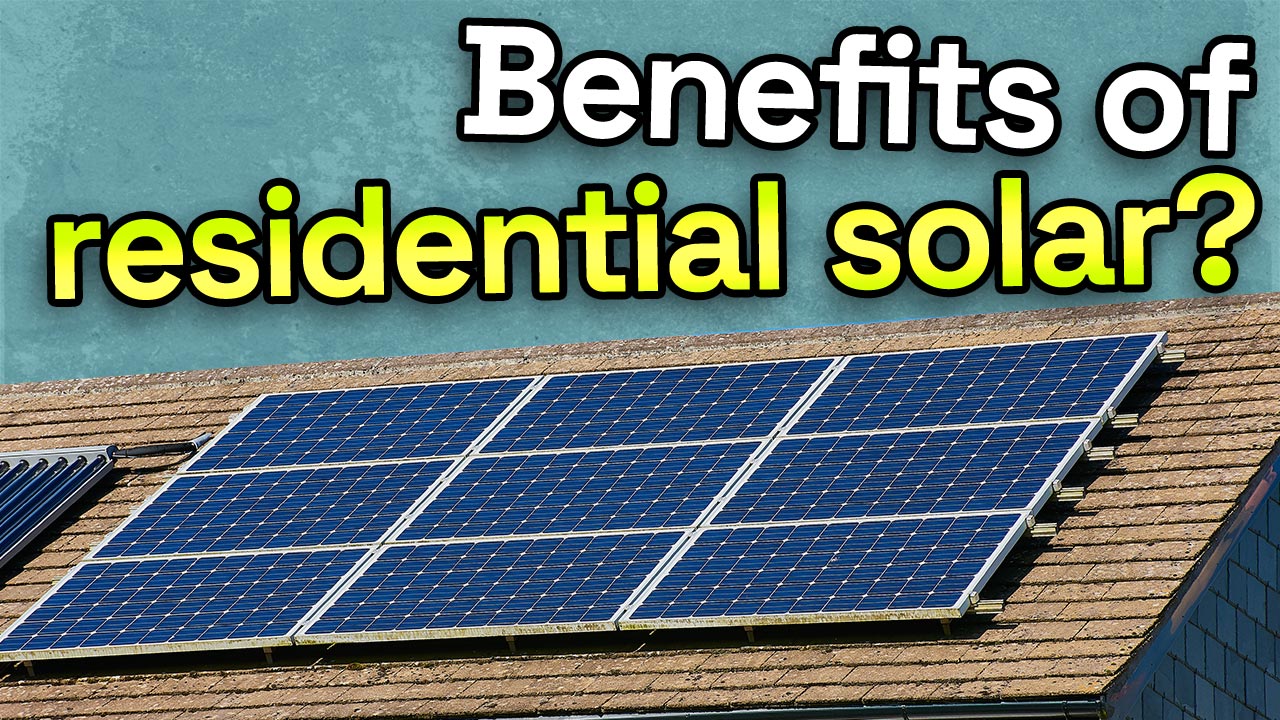Why Simply Solar Illinois is the Best Choice for Renewable Energy
Why Simply Solar Illinois is the Best Choice for Renewable Energy
Blog Article
Solar Power 101: A Novice's Overview to Sustainable Power Solutions
As the globe progressively changes towards lasting energy services, comprehending the principles of solar power ends up being crucial for both people and companies. This guide supplies an extensive summary of solar power, describing the different systems available and the devices behind their operation. By discovering the advantages of solar innovation, along with the financial incentives and installment processes, one can acquire a more clear viewpoint on how to effectively integrate this renewable resource into their power method. The trip towards adopting solar power welcomes additional evaluation of the challenges and factors to consider that come with it.
Recognizing Solar Energy
At its core, understanding solar power includes grasping the basic principles of just how sunshine can be transformed into functional electrical energy. Solar power is stemmed from the sun's radiation, which can be taken advantage of via different modern technologies. The primary mechanism for this conversion is the photovoltaic result. This phenomenon occurs when sunshine strikes semiconductor materials, normally silicon-based, within solar cells. The energy from the sunlight delights electrons in the semiconductor, permitting them to stream freely and create direct existing (DC) electrical power.

Understanding solar energy likewise includes identifying its environmental advantages. By using sunlight, we can reduce greenhouse gas discharges and minimize air contamination, adding to a more sustainable future. The innovations in modern technology and effectiveness of solar systems remain to boost their stability, making solar power an increasingly attractive alternative for worldwide energy needs.
Kinds of Solar Energy Solutions
Various sorts of solar energy systems are typically utilized to harness solar energy for electricity generation. The main categories consist of photovoltaic (PV) systems, concentrating solar power (CSP) systems, and solar thermal systems.
Solar systems utilize photovoltaic panels made up of silicon cells that convert sunshine straight right into electrical power. These systems are flexible and can be set up on rooftops, ground mounts, or incorporated right into structure materials.
Focusing Solar energy systems, on the other hand, utilize mirrors or lenses to concentrate sunlight onto a tiny location, producing heat that drives a steam wind turbine to generate electricity - Simply Solar Illinois. CSP systems are typically deployed in massive power plants and require direct sunshine, making them less appropriate for gloomy areas

Each type of solar energy system has its one-of-a-kind characteristics, applications, and viability relying on geographical area, Resources energy needs, and budget plan, making it crucial to review alternatives based upon certain scenarios. - Simply Solar Illinois

Advantages of Solar Power
Taking advantage of solar energy via different systems not just supplies a sustainable method to create electrical power but likewise provides a wide range of benefits. One of one of the most significant advantages is the decrease in greenhouse gas exhausts, adding to a cleaner atmosphere and combating environment modification. Solar energy is sustainable, indicating it is infinite and available as long as the sunlight radiates, unlike nonrenewable fuel sources, which are finite and depleting.
Additionally, solar power can bring about considerable expense financial savings with time. Home owners and organizations can minimize their electricity costs dramatically, and in a lot of cases, they may earn debts for excess energy produced with internet metering. In addition, the solar sector produces work, from producing to setup, boosting neighborhood economic climates.
An additional engaging advantage is power independence. By producing their own power, individuals and communities can lower reliance on exterior energy resources, boosting strength versus varying energy costs and supply disturbances. Moreover, solar power systems need very little upkeep, making them a convenient alternative for sustainable energy generation.
Installment Refine Introduction
The setup process for solar power systems typically involves numerous essential steps that make certain reliable assimilation into a property. A comprehensive website analysis is carried out to assess the roofing system's orientation, shading, and structural integrity, which are important to enhancing solar panel efficiency. Following this evaluation, the layout stage commences, where a customized solar energy system is configured based upon the house owner's power demands and choices.
When the design is completed, the needed licenses and approvals are gotten from neighborhood authorities, making certain compliance with laws. The real installment involves mounting the photovoltaic panels on the roof or ground, linking them to an inverter, and integrating the system with the building's look these up electric arrangement. This stage may likewise involve mounting battery storage systems, depending on the layout.
After installation, a detailed evaluation is conducted to verify the system's capability and security. Ultimately, the system is commissioned, and house owners are enlightened on its operation and upkeep. With the setup complete, the solar power system can begin creating renewable resource, adding to sustainability and lowering utility costs. This structured approach ensures that planetary systems are both effective and reputable, optimizing their lasting benefits.
Financial Motivations and Cost Savings
Checking out the monetary incentives and financial savings related to solar energy systems can considerably boost the allure of making the button to renewable resource. Different incentives exist at federal, state, and neighborhood levels, made to lower the preliminary expenses related to solar setup. One of the most notable rewards is the federal solar tax debt, which enables homeowners to subtract a percent of their solar system installment costs from go now their government tax obligations. Since 2023, this credit score stands at 30%, offering considerable cost savings.
Along with tax obligation credit ratings, several states supply discounts that can better reduce ahead of time expenses. Some utility firms likewise provide performance-based motivations, fulfilling solar power production gradually. Financing choices, such as solar fundings and leases, permit customers to mount systems with little to no deposit, making solar power a lot more obtainable.

Long-term cost savings are another critical element. By producing their own electrical power, homeowners can significantly lower or perhaps eliminate their regular monthly power expenses. Furthermore, solar systems can increase home values, offering a solid roi. In general, the combination of rewards and savings makes solar power an economically attractive choice for several houses.
Conclusion
In conclusion, solar power stands for a vital component of sustainable energy solutions, giving a path toward minimized carbon impacts and boosted ecological defense. Inevitably, the transition to solar power not just cultivates ecological responsibility yet additionally advertises financial cost savings and power self-reliance.
Report this page